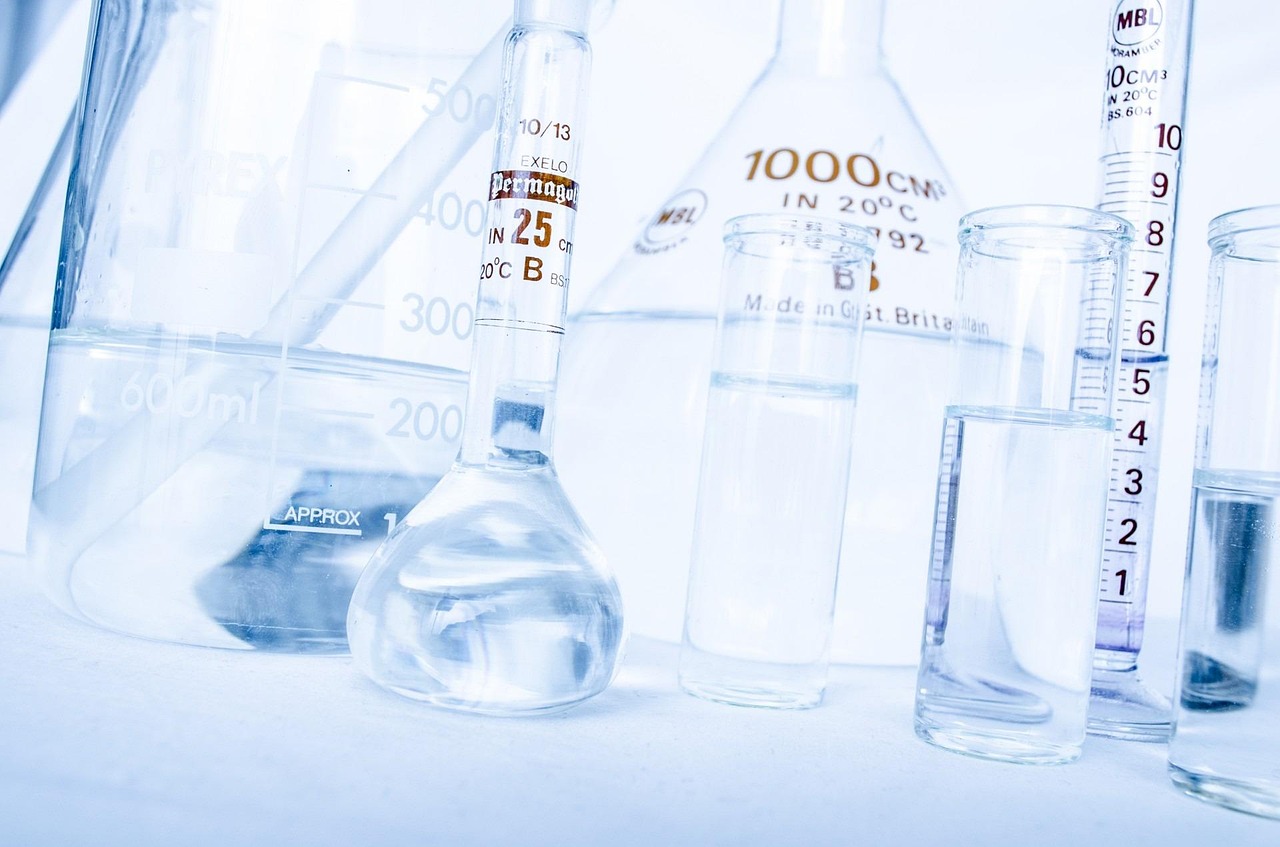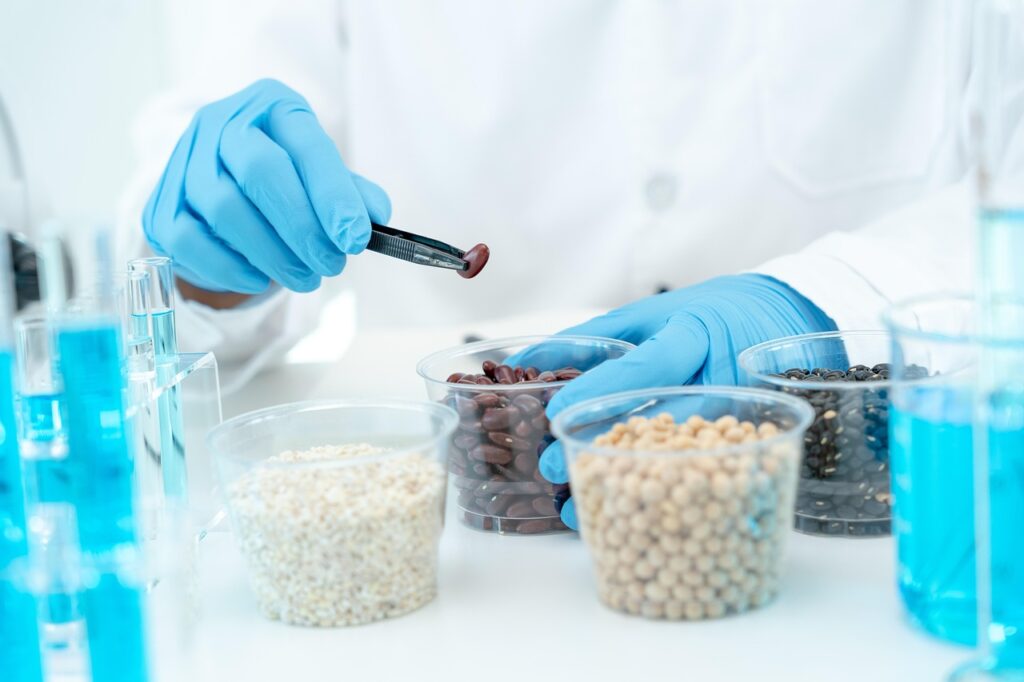Maintaining the safety of consumables is a top priority in the constantly changing food sector. The difficulties surrounding food safety have grown more complex as a result of globalization, technological improvements, and shifting customer demands that have changed the way food is produced, processed, and distributed. There is a larger risk of contamination and foodborne illnesses when items travel longer distances and supply chains become more integrated. Furthermore, the food industry is facing an increasing need for responsibility and transparency due to consumer knowledge of sustainability, health, and nutrition. Nowadays, consumers want guarantees that the food they eat is safe, supplied ethically, and environmentally friendly. They are no longer satisfied with merely buying things.
Understanding Food Safety Regulations
Regulatory authorities establish food safety regulations, which are carefully designed norms and procedures, to ensure the integrity, safety, and quality of food products from the point of production to consumption. These regulations, which include many aspects of food handling, processing, labeling, and distribution, are created with the primary goal of protecting public health. They impose strict guidelines and practices along the whole food supply chain, ensuring that no detail is missed in the effort to reduce risks and avert possible dangers. Regulatory organizations work to reduce the risks of foodborne diseases, allergies, pollutants, and other hazards by enforcing these standards. This way, customers may be assured that the food they eat will nourish and support them without endangering their health.
The Importance of Compliance
Following food safety laws is more than just a legal requirement—it is a moral duty based on the core idea of protecting the public’s health. The ramifications of disregarding these guidelines go well beyond legal penalties; they also include possible hazards including foodborne infections, damaged reputations, and eroded customer confidence. Food companies that assiduously adhere to rules not only fulfill their ethical duty to put the well-being of their customers first, but they also help to establish a foundation of trust and confidence in the integrity of the food supply chain. In addition to shielding customers from harm, this dedication to regulatory compliance supports the credibility and reputation of the sector as a whole and promotes a transparent, accountable, and customer-focused culture.
Key Components of Food Safety Regulations
Food safety regulations encompass a wide array of components, each addressing specific aspects of food production and distribution. Some of the key components include:
1. Hygiene and Sanitation: Maintaining clean facilities, washing hands, and sanitizing equipment are all essential for preventing contamination and guaranteeing food safety.
2. Food Handling and Storage: Throughout the supply chain, microbiological development, spoiling, and cross-contamination can be avoided by following guidelines for the safe handling, storing, and transportation of food goods.
3. Labeling and Packaging: Precise labeling of food items, encompassing contents, nutritional data, and allergen alerts, empowers customers to make knowledgeable decisions and steer clear of possible health hazards.

4. Hazard Analysis and Critical Control Points (HACCP): By identifying and decreasing possible hazards at crucial stages of the production process, the HACCP system lowers the risk of foodborne illness.
5. Food Additives and Contaminants: The purpose of regulations controlling the use of additives and contaminants in food items is to guarantee food safety testing and reduce health hazards related to chemical exposure.
6. allergy Management: People with food allergies can be shielded from unintentional exposure by using effective allergy management techniques, such as the separation of allergy
7. Traceability and Recall processes: Containing and reducing possible hazards requires the capacity to track food products along the entire supply chain and to promptly initiate recall processes in the event of contamination or safety concerns. panic substances and unambiguous labeling.
Navigating Compliance Challenges
Food safety rules have a clear overall purpose, but obtaining compliance can be a difficult task with many moving parts. Food firms face a wide range of difficulties, such as:
1. Fragmented Regulatory Landscape: Businesses that operate in numerous markets face issues due to the disparities in food safety regulations across different areas and authorities. Proactive compliance techniques and a deep awareness of local laws are essential for navigating this disjointed environment.
2. Resource limits: When implementing food safety measures, small and medium-sized firms (SMEs) sometimes face resource limits, such as limited infrastructure, funds, and experience. SME access to funding, technical support, and training can help them get over these obstacles and comply.
3. Complexity of the Supply Chain: Because the food supply chain is worldwide, it becomes more difficult to guarantee the integrity and safety of the goods from farm to fork. To overcome these issues and improve traceability and transparency, stakeholders—producers, suppliers, manufacturers, and retailers—must work together in concert.
4. Emerging Risks and Technology: Managing food safety is always faced with new opportunities and problems due to the introduction of new foodborne viruses, pollutants, and technology. Sustaining regulatory compliance and staying ahead of developing hazards requires constant monitoring, research, and innovation.
5. Encouraging Collaboration and Partnerships: Encouraging cooperation, knowledge sharing, and group action to raise food safety standards is facilitated by establishing solid bonds with suppliers, authorities, trade associations, and other stakeholders.
Conclusion
Food safety regulations play a vital part in preserving consumer trust in the food supply chain and protecting public health. Food enterprises may guarantee the safety and purity of their products while making a positive impact on everyone’s health in the future by comprehending the essential elements of these regulations, overcoming compliance problems, and putting best practices into reality.
To sum up, putting food safety regulations first is about more than just following the law; it’s also about maintaining a commitment to the welfare of consumers and fostering confidence in the food sector. Although it’s not always simple, compliance is vital for everyone’s health and safety—from producers to consumers.











